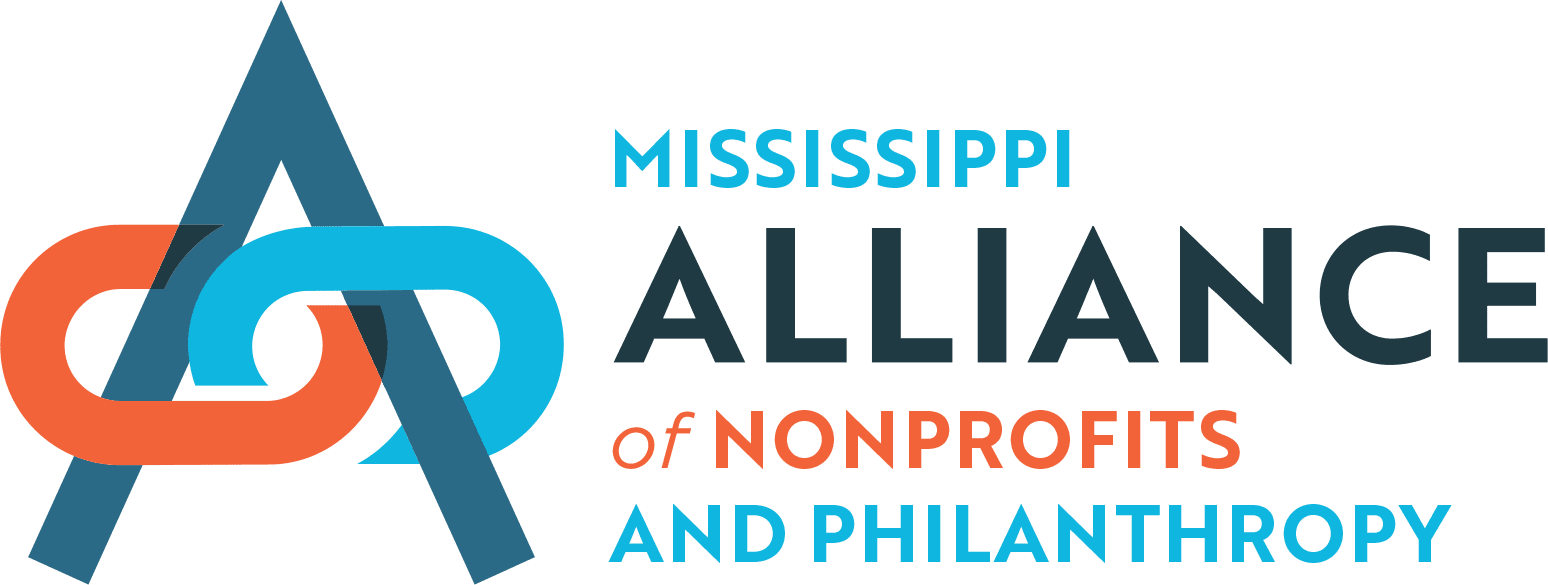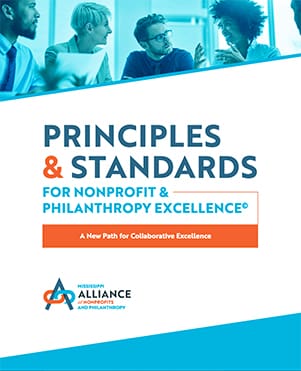Principles & Standards
For Nonprofit & Philanthropy Excellence
The 12 Accountability Principles
11. Strategic Directions & Alliances
About
Strategic Directions
1. The board of directors should establish a rigorous process of setting clearly defined, long-term goals and objectives to accomplish the organization’s mission. FS
2. Strategic planning should articulate how the strategies chosen are expected to accomplish the organization’s stated goals.
3. Goals and objectives should be reasonably attainable given staffing, resources, constituents and the number of people being served. FS
4. A charitable organization should create a written three to five year strategic plan for implementation of its activities FS:
a. The plan should reflect the results of an environmental scan that includes information on internal strengths and weaknesses as well as external opportunities for, and perceived threats to achieving its organizational mission.
b. The plan should include clearly defined goals and objectives that are set by the organization to benefit individuals in society.
c. The plan should clearly define specific actions and identify the person(s) responsible for their
implementation.
d. The plan should be a useful management tool for measuring activities and outcomes and should be tied to a solid budget.
e. The plan should provide a framework for regular progress reports and should be reviewed and/or updated regularly.
Strategy for Creating Connections
5. Nonprofits and philanthropies should be aware of ongoing developments and changes in their field, including opportunities for coordination or joint action with other organizations.
6. Nonprofits and philanthropies should seek appropriate strategic partnerships and alliances to achieve organizational goals, increase impact and strengthen con nections with constituents and others in the communities they serve. FS
7. Decisions regarding strategic alliances should be consistent with the strategic goals and advance the missions of the participating organizations.
8. Nonprofits and philanthropies should work to establish mutual understanding among government, nonprofits and philanthropies and for-profit sectors. FS
Assessment/Decision Making
9. Organizations should determine what resources would be required in a potential alliance, the availability of those resources and the estimated cost in comparison to the anticipated benefit to accomplishing the organization’s mission.
10. Alliance agreements should establish clear roles and responsibilities. They should also include ways to ensure accountability and rules that allow for changing the alliance agreement or ending it.
11. Organizations should assess on an ongoing basis whether resources are being used wisely and participating organizations are fulfilling their agreed-upon roles.
Coordination
12. Nonprofits and philanthropies should stay aware of and coordinate with other organizations providing similar or complementary services in their communities. FS
13. Nonprofits and philanthropies should work to establish communication channels, mutual understanding and beneficial alliances among government, nonprofit and for-profit sectors to take advantage of the total resources and interests of the community.
14. When possible and appropriate, nonprofits and philanthropies should assist others in the community through alliances and sharing of resources.

